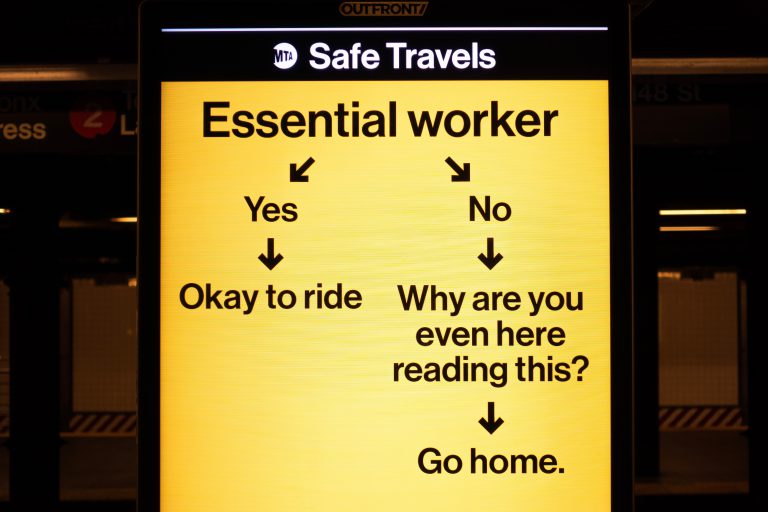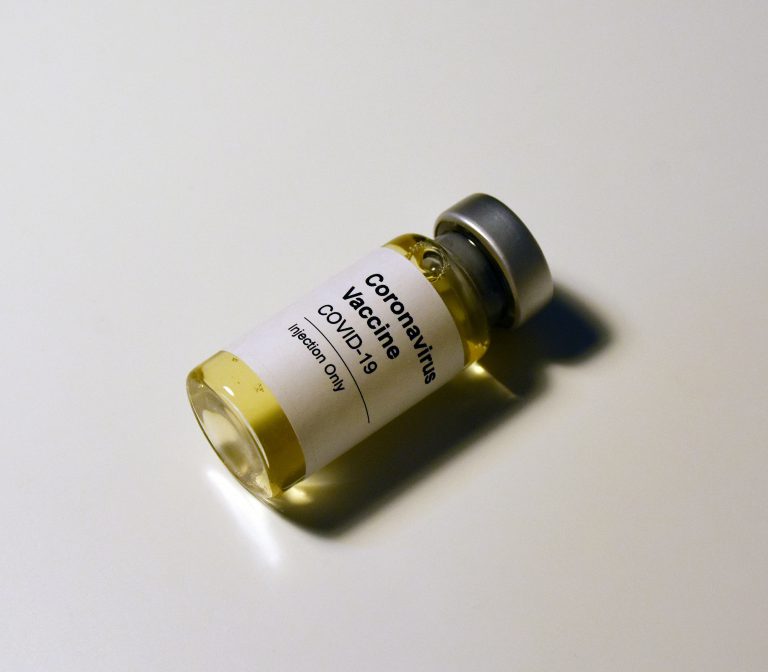The rise of artificial intelligence, machine learning, and other technological advancements in the healthcare industry paves the way for innovative tools and software that can revolutionize different medical systems.
Applications that automate menial tasks, for example, can do wonders for improving the efficiency in clinical workflows, but people need to remember the importance of a human element. Not all AI-powered programs can outperform professionals, and the latest study found by BMJ Open can prove this.
Human Talent versus Symptom-Checking Apps
Symptom-checking apps are dominating the healthcare landscape, especially in a time of social distancing where covid-related cases continue to rise well into the new year. These applications show plenty of remarkable potentials – after all, there’s nothing better than making medical tests accessible to the public.
However, a series of studies done by ADA Health, a Berlin-based medical company, show that the apps still need further improvements since the results often vary widely in terms of their accuracy and safety.
The study found that experienced general practitioners can come up with a correct diagnosis 82 percent of the time, while ADA’s own invention only yielded 70.5 percent accuracy. Other symptom-checking apps produced the following results:
- Buoy: 43%
- K Health: 36%
- WebMD: 35.5%
- Mediktor: 35%
- Babylon: 32%
- Symptomate: 27.5%
- MD: 23.5%
What are the Limitations the Healthcare Industry Need to Address?
One of the biggest problems with the current symptom-checkers today is that most don’t cater to a diverse range of conditions, which means patients with severe symptoms may not be recognized by the app if they don’t fall under a specific category.
Many apps also have demographic restrictions, wherein checkers only work for people at a certain age. Pregnant women also can’t use the app, while other factors like mental health conditions are not considered in its analysis.
This makes most symptom-checking apps a hit or miss, particularly since it’s designed to fulfill a “required-answer” approach. With that in mind, it proves that technologies like this still need to go back to the drawing board and undergo fine-tuning by clinical researchers, data scientists, health policy experts, and more. Moving forward, independent researches need to expand the vignette creation process and evaluate the performance of the apps by using real-patient data.
The Bottom Line: The Importance of Utilizing the Talents of Healthcare Physicians and Using Technology as a Supporting Tool to Improve their Efficiency
Many software and medical applications are on the rise thanks to the boom of telehealth, but these inventions still need further improvements. Nonetheless, these are innovative advancements that shouldn’t necessarily outperform professionals but act as a supporting measure that can streamline the workflow and boost productivity.
Why Read Healthcare News Sources with Us?
Keeping track of future projections and trends in the healthcare industry ensures you’re on top of your health – from updates on the latest technology to the growing demand for different payment methods. Check out more medical blogs at Dose of Healthcare, where you can stay in the loop on the best information on health news today.
















